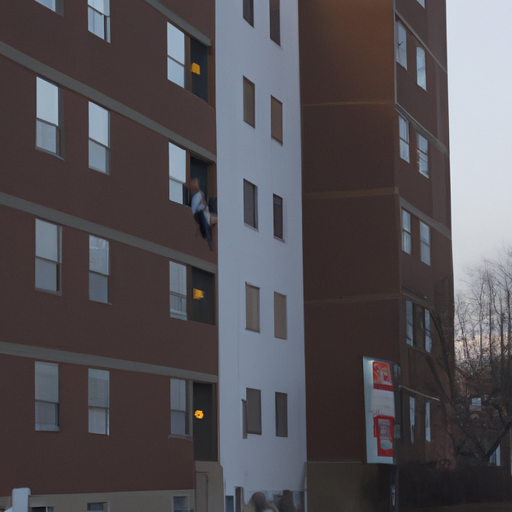The Far-reaching Impact of the Canadian Opioid Crisis: A Close-up on Milton
Understanding the Opioid Crisis at a Grassroots Level
In an ongoing effort to understand the severity of the opioid crisis in Canada, our attention has been drawn to Milton, Ontario, where the widespread social effects of the opioid crisis have been starkly highlighted.
The depth of the opioid problem in Canada is well-known – and painfully experienced – by communities across the country. No one is immune to the devastation that opioids have wrought: from the homeless to homeowners, from white-collar professionals to working-class citizens. Their destructive influence has left an indelible mark on every social stratum.
The Fallout of the Opioid Crisis
Canadian cities have witnessed an increase in opioids-related crimes, which often signal a surge in addiction levels. A similar trend has been observed in Milton, where a recent major drug bust led to the arrest of several individuals involved in drug production and distribution.
This pattern of heightened crime rates is consistent with broader, nation-wide data on the opioid crisis and its consequences. However, its ubiquitousness does not diminish the individual human suffering or the community destruction it leaves in its wake. The fallout of the opioid crisis is multifaceted, far-reaching, and deeply entrenched:
- Uncontrolled consumption of opioids leads to an increase in overdose-related hospital admissions and, tragically, a rise in fatal overdoses.
- There is a direct correlation between opioid abuse and homelessness. Many individuals spiraling down the path of addiction find themselves alienated from their families and communities, often culminating in homelessness.
- Families are often fractured and children traumatized as loved ones are lost to the grip of addiction. The societal cost of this collateral damage is immeasurable.
- Increased crime rates, trading in illicit substances, and gang activity frequently accompany the spread of opioid addiction.
The Fight Against the Opioid Crisis: Naloxone and Abatement Measures
Notwithstanding this bleak landscape, there are concerted efforts underway to addrress and abate the opioid crisis. The Ontario government, for instance, has been proactive in distributing naloxone kits, a life-saving opioid overdose reversing agent, to combat the increasing fatalities.
Interventions like naloxone kits are part of a more comprehensive approach that includes abatement measures and preventative programs. Treatment centers and therapeutic communities have also ramped up their support systems to accommodate the growing number of addicts seeking help.
Moreover, Canadian courts have seen a rise in class-action lawsuits aimed at securing compensation from pharmaceutical companies implicated in the opioid crisis. There is a growing public sentiment that these companies should be held accountable for their role in fostering the deplorable condition.
The Canadian opioid abatement class action lawsuit is a good example of how such efforts can contribute towards offsetting some of the financial burden caused by the opioid crisis.
The Milton incident: A Microcosmic View of the Larger Crisis
The drug bust in Milton is but a snapshot of a much larger, grimmer picture. However, it serves as a poignant reminder of the scale of the opioid crisis in Canada. It is essential to understand that this problem is systemic and pervasive, seeping into every cornerstone of our society. Moreover, it emphasizes the urgent need for collaborative, community-based intervention and prevention strategies.
Conclusion: Addressing the Canadian Opioid Crisis
Combating the opioid crisis is an uphill battle, requiring multipronged approach that includes public and private interventions, stringent action against pharmaceutical perpetrators, increased funding for recovery and therapy centers, and a concerted effort towards opioid education and prevention.
Crucially, we need to humanize the opioid crisis. It’s not just about numbers, statistics, and lawsuits – it’s about real lives destructed by a powerful drug. By understanding and acknowledging the widespread damage and pain it has caused, we can lend our own voices to the collective call for action against the opioid crisis. Every individual contribution matters, and together, we will be one step closer towards abating this national nightmare.
